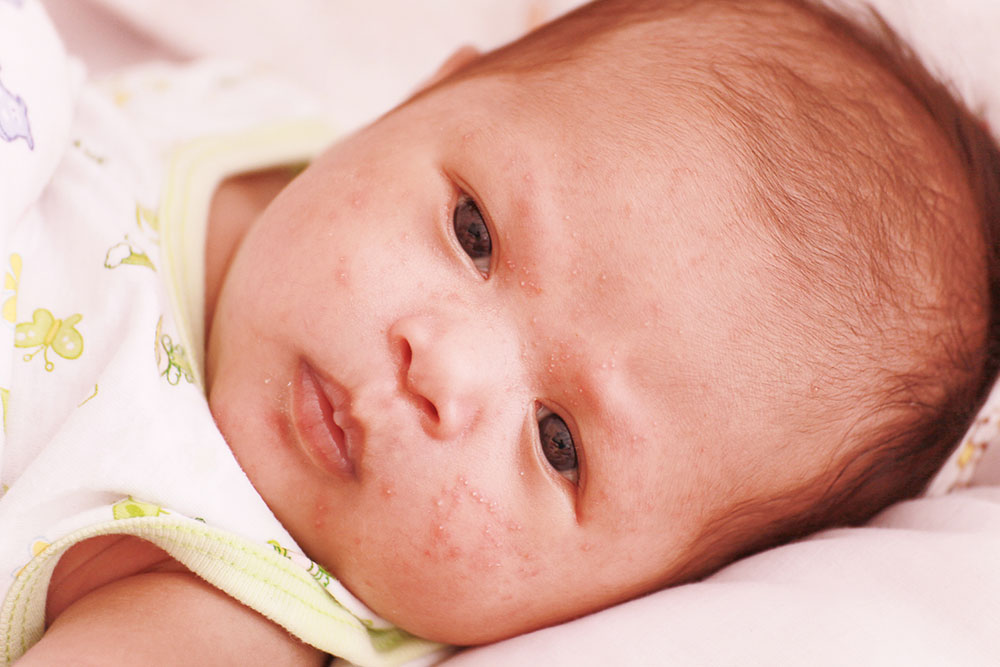Atopic dermatitis – 4 ways to manage the condition

Atopic dermatitis (AD) is a chronic skin disorder identified by itchy, dry, and inflamed skin. This condition begins in childhood and sometimes lingers through adulthood. Unfortunately, there is no clarity on the cause of atopic dermatitis. During a flare-up, the symptoms and inflammation can get worse when scratched. Despite no definitive cure, some treatment options can manage the symptoms. Let us look at the treatment methods, meal plans, and natural remedies to ease the condition:
Treatment options
DUPIXENT ®
It is a prescription treatment that can help treat moderate to severe atopic dermatitis signs. You can use it alone or with other treatment measures. It is an interleukin inhibitor. You can find the DUPIXENT ® injection as a preservation-free, sterile, slightly opalescent to clear, yellow or colorless solution. But, this treatment option can result in severe side effects like pink eye, injection site reactions, new-onset or worsening eye symptoms, cold, and headache. This treatment option should be administered under professional care and supervision. In addition, consult the doctor for the recommended dosage.
Upadacitinib and Eucrisa
It is an oral Janus kinase (JAK)1-selective inhibitor that helps with severe atopic dermatitis, especially in patients who did not respond to other treatment measures.







